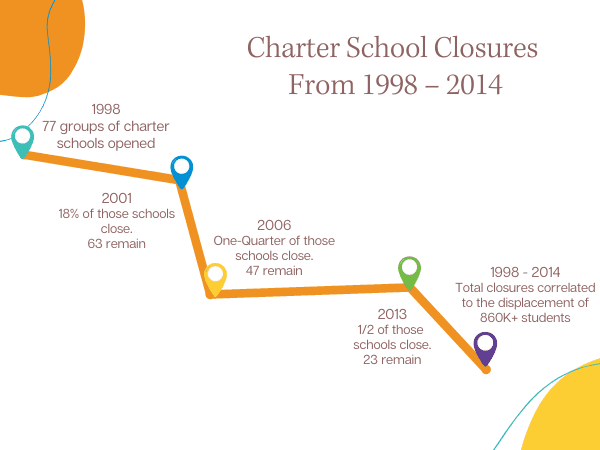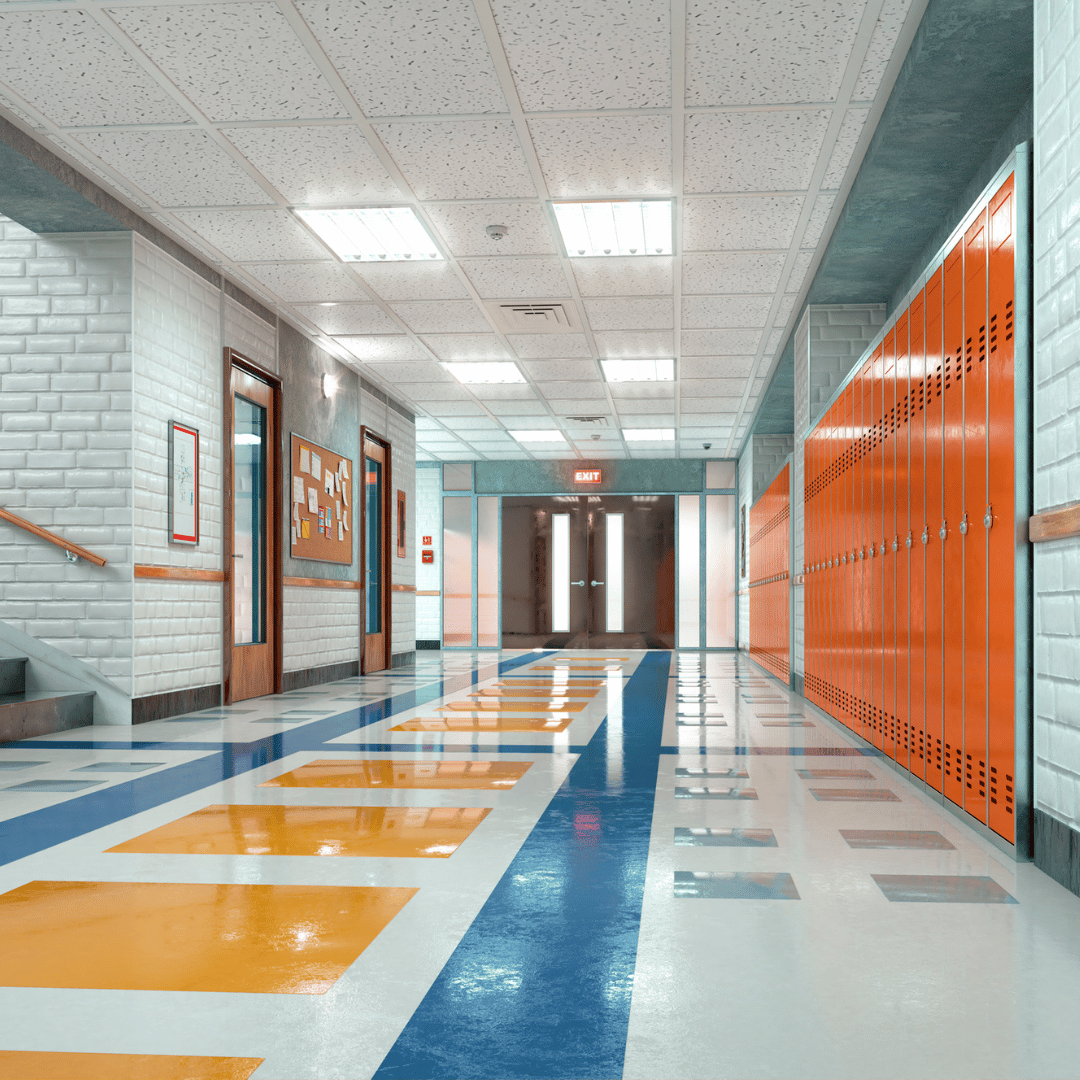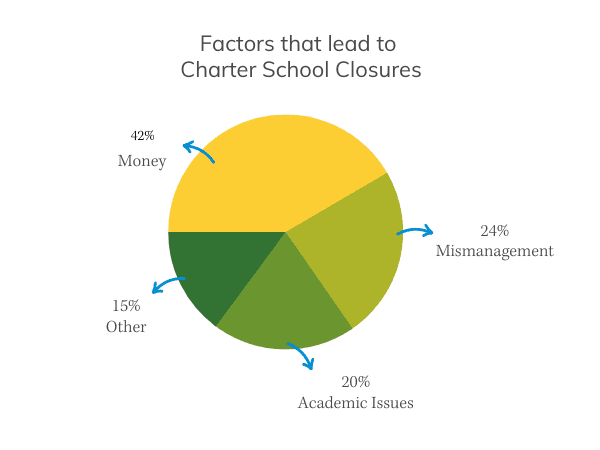Why Do Charter Schools Close?
The data is clear: charter school enrollment remains steady, and support for charter schools is growing in many states.
In an analysis of the last three school years (2019-2022), The National Alliance for Public Charter Schools reports that enrollment gains in charter schools held steady. These numbers are also correlated to their report in 2021, Voting With Their Feet, which analyzed student enrollment data during the pandemic. “No matter how you examine the data, families from all walks of life are making different choices for their children since the pandemic began and many have chosen charter schools,” says Nina Rees, President, and CEO of the National Alliance.
This raises the question: with steady and growing support for charter schools, why do so many end up shutting their doors?
In a study by the Network for Public Education of charter school closures, examiners found that of 77 groups of schools that opened from 1998 to 2014, 18% were closed by the three-year mark, and a large proportion of failures occurred by the completion of the first year. More than one-quarter of the schools closed after five years, and about half closed after 15 years, which correlated to a displacement of more than 860,000 students.

For school leaders, knowing why charter schools close can inform planning and important operational practices, ensuring that schools can continue to offer sustainable, nourishing learning environments to students.
Here are the top reasons charter schools close according to an article from The Center for Education Reform.
Money
42% of charter school closures are due to funding. It’s well known that charter schools face unique financial challenges, so it’s important to get ahead of these issues as schools grow. Making sure schools have the money to meet operational costs, pay teachers and staff on time, and purchase learning technology and supplies can be challenging while staying advised of deferrals, delays, and reductions.
Mismanagement
24% of charter schools were found to have closed due to mismanagement. Unfortunately, the charter landscape does face controversy, and in the realm of fiscal mismanagement, there have been notable cases. Simple best practices include controls such as double signatures and ensuring that the person handling the money is not the person signing the checks. Reconciling bank statements, backing up documents, and encouraging whistleblowers can help spot and mitigate problems before there are negative consequences. Anti-fraud controls alongside financial self-audits can help avoid fraud.
Academic Issues
Fewer than 20% of charter schools closed due to academic issues. Overall, charter schools are known for meeting standards well, with a study from Stanford University’s Center for Research on Education Outcomes (CREDO) pointing to significant academic gains for African American and Latino students, as well as students whose first language is not English. In 2015, a CREDO study found that charter schools also outperformed public schools in urban areas. That being said, charters do close for academic reasons. Experts point to keeping up standards in reading and math, and being sure to offer holistic support to students as they grow.
An Optimistic View
Charter schools are the home to education’s innovators. While some charter schools do fail, the overall closure rate appears to be less than typical start-ups. Nina Rees, president and chief executive officer of the National Alliance for Public Charter Schools, had a positive take on the closure numbers: she believes charter schools actually should be closed if they do not meet accountability standards set by authorizers. Charter schools are “… constantly improving by opening new high-quality schools and closing down under-performing ones,” she said, arguing that it’s “a model that puts students and their needs first.”
Rees’s outlook connects to recent thoughts over how to measure post-pandemic charter school success, and supports best preparation and research practices when starting a charter school. Self-auditing can be a great way to track what’s happening at your school, and there’s a resource to help. You can access an on-demand webinar addressing how to use audit preparation to your advantage. Get access here.

